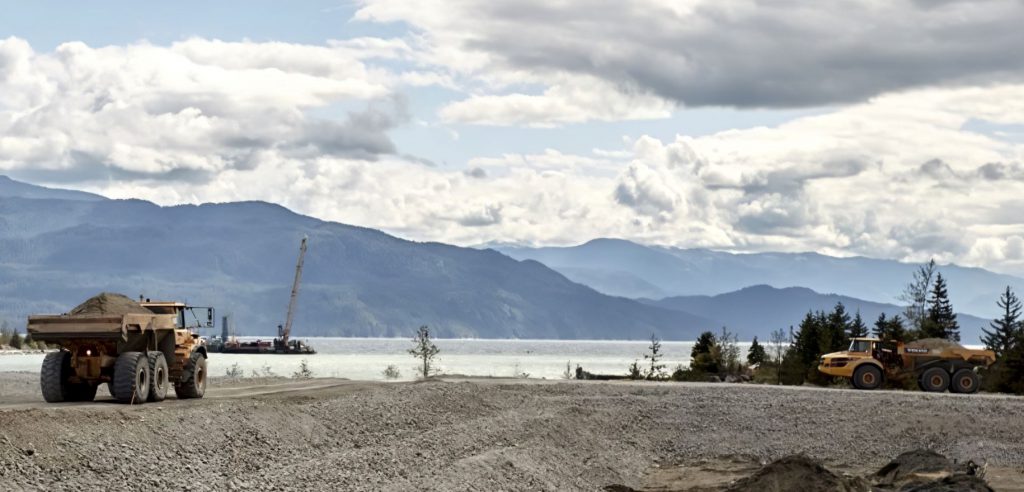Canada missing a critical opportunity in the LNG market

By Mark Milke
and Ven Venkatachalam
Canadian Energy Centre
Over the past several years, a plethora of naysayers have reflexively opposed the extraction and export of natural gas from Canada. Some critics have even argued that the prices for liquefied natural gas (LNG) shouldn’t warrant investment by Canadian companies.
Much of this anti-LNG sentiment has been contrived. It’s not up to observers to decide which projects are feasible for shareholders. It’s up to the companies, their boards and investors to take the risks or not.
Because of such opposition and resulting regulatory thickets, Canada’s role in the LNG export-import business has been non-existent. In Canada, 18 LNG projects have been proposed. However, only one is being constructed due to delays caused by regulatory and financial barriers over the years, along with usual suspects in opposition to the development of an LNG sector.
In comparison, Australia has 16 LNG liquefaction terminals, Qatar has 12 and the United States has seven. The other 15 leading countries with LNG liquefaction capacity have 46 terminals.
While the rest of the world sped ahead in getting LNG capacity online, Canada stalled. That means long-term investment in LNG is now paying off for many firms in many countries. That includes the ability to capitalize on the gains in natural gas prices.
In Asia, where demand for LNG has grown dramatically, prices are soaring. “Prices in Asia reached almost $30 versus just $2.60 per MMBtu in the United States,” wrote energy analyst Rashid Husain Syed recently. As another account notes, LNG cargo prices have been “rising faster than Bitcoin.”
Demand for LNG has in part been driven by concerns over particulate emissions, since LNG burns cleaner than coal and produces lower carbon emissions.
That helps explain the rise of natural gas as an energy source. For example, the United States was able to decrease carbon emissions in absolute terms over a decade mainly by replacing coal-fired electricity plants with natural-gas-fired plants.
Flip to Asia, where coal still powers much electricity (with even more coal plants under construction) and it’s unsurprising that natural gas is increasingly popular.
Natural gas accounted for 17 per cent of the world’s energy supplied in 1980 and 23 per cent in 2018, according to the International Energy Agency.
That compares to coal (25 per cent in 1980 and 27 per cent in 2018), oil (44 per cent in 1980 and 32 per cent in 2018) and nuclear (three per cent in 1980 and five per cent in 2018). Hydroelectric was two per cent in 1980 and the same in 2018. All other energy sources, including renewables, accounted for 10 per cent of world energy in 1980 and 10 per cent in 2018.
Natural gas and coal have been rising as a proportion of the world’s energy supply with all others either flat or in decline.
Given the rise in natural gas consumption, nations that don’t have it must import it through pipelines or in LNG form.
The global share of LNG as a proportion of all gas imports increased from 22 per cent in 2000 to 38 per cent in 2019. In Asia, 70 per cent of natural gas imports arrive as LNG. In 2019, the global trade in LNG was worth US$130 billion annually.
So which countries benefit from that rise in LNG exports?
In 2019, Qatar was the world’s top exporter of LNG, with its 104 billion cubic metres accounting for 22 per cent of the global trade. Australia (21 per cent) and the United States (nine per cent) came next.
Three East Asian nations made up the top importers of LNG in 2019: Japan, followed by China and South Korea. Between 2015 and 2019, those three countries imported over US$372 billion. Japan spent $194 billion, followed by South Korea (US$90 billion) and China (US$88 billion).
Could Canada be a player in the LNG export market?
The Conference Board of Canada thinks so.
Australia has a liquefaction capacity of just under 88 million tonnes per year. According to the board, if Canada managed to take the shackles off LNG development and reach capacity of 30 million tonnes per year (just one-third of Australia’s capacity), that export sector would be worth $7.4 billion and employ 65,000 Canadians annually.
In Canada, we need to ignore the naysayers. They have thwarted both the creation of a massive new export sector for Canada and the lower worldwide greenhouse gas emissions that would result from Canadian LNG exports.
